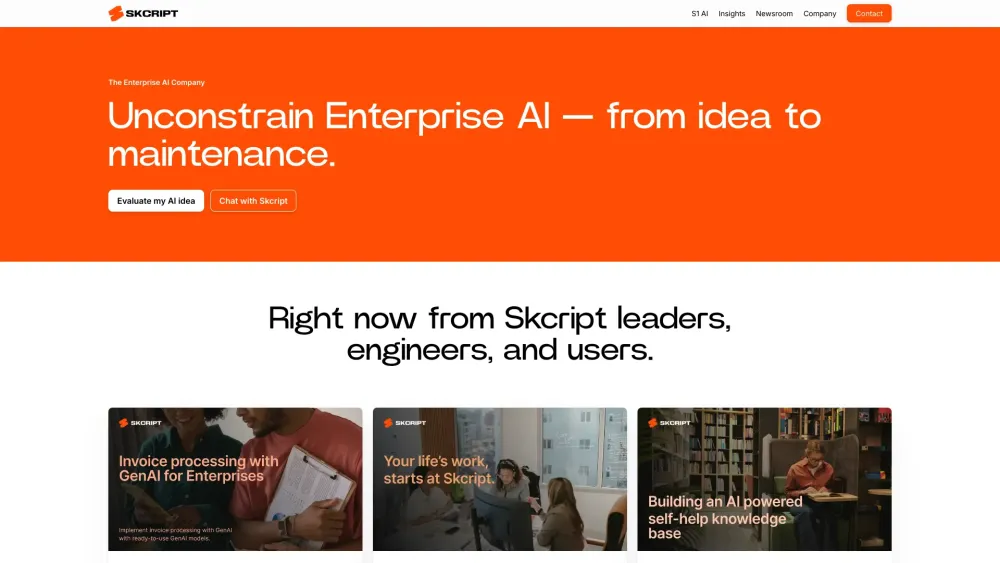Anthropic's Claude 3 Detection: How it Recognized Research Testing
Most people like

Unlock the potential of GenAI consulting alongside cutting-edge enterprise AI products. Discover how these innovative solutions can transform your business processes, enhance decision-making, and drive growth in today's competitive landscape. Explore the advantages of integrating GenAI's expertise with advanced AI technologies to elevate your enterprise to new heights.

Revolutionize your productivity with a multifunctional AI assistant designed to enhance work and study efficiency. Whether you're tackling a project deadline or diving into your studies, this advanced tool adapts to your needs, streamlining tasks and maximizing your output. Embrace the future of work and learning with technology that elevates your efficiency and effectiveness.

NeuronWriter enhances website content through advanced semantic SEO strategies, boosting search engine rankings and improving online visibility.

Unlock Your Potential with AI-Powered Interview Preparation and Feedback
Are you ready to ace your next job interview? Our AI-driven platform offers tailored interview preparation and insightful feedback to boost your confidence and enhance your performance. By leveraging cutting-edge technology, we help you refine your responses and develop key skills to stand out in competitive job markets. Whether you're a recent graduate or a seasoned professional, our tools equip you to succeed in any interview situation. Boost your chances of landing your dream job today!
Find AI tools in YBX

